The future of Overwatch, according to Blizzard
Blizzard talks new game modes, heroes, and the problem with Reinhardt in Overwatch.
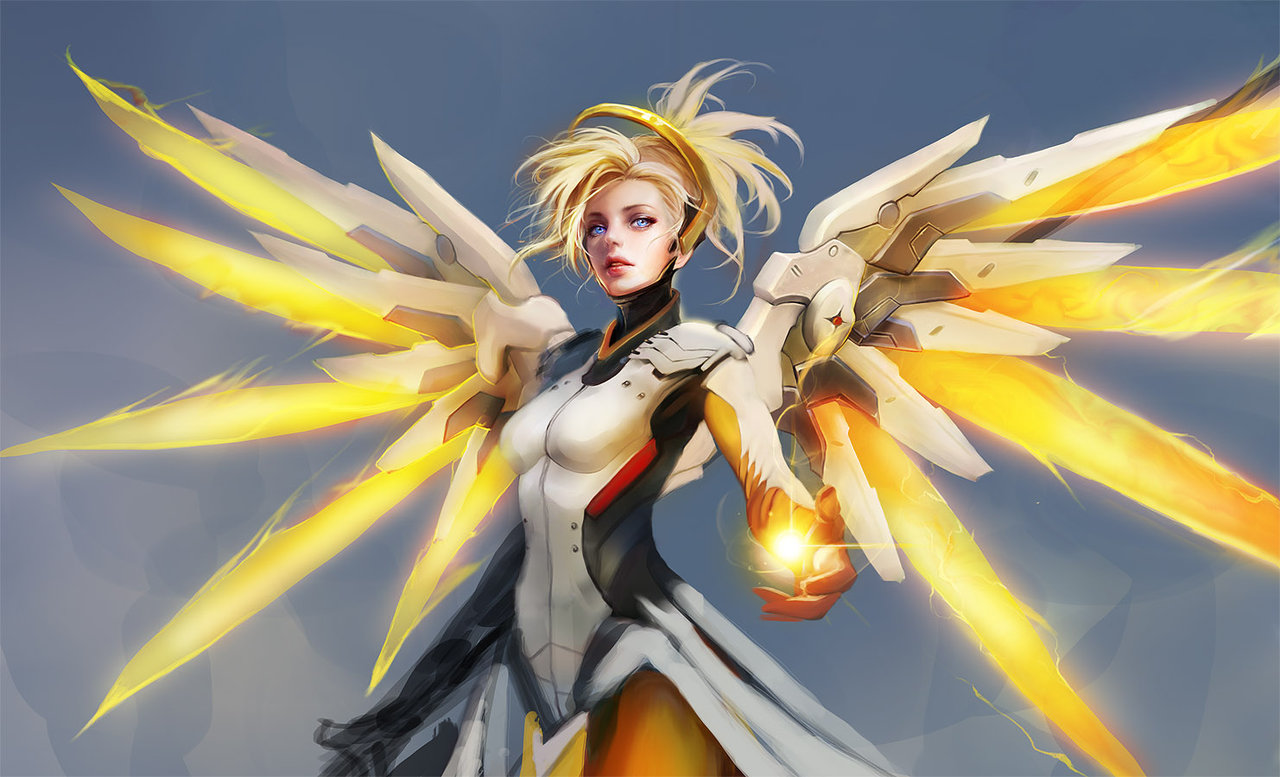
Overwatch will never truly be complete. Unlike the iterative shooters which have dominated the market over the past few years, we won’t be seeing an Overwatch 2 in 2017, nor will we see it in 2020. Blizzard’s FPS is not a bullet train travelling at 100mph, it’s a cross-continental liner where the journey is everything and the end destination is irrelevant. The game will always be changing—not through endless DLC, but through free updates and carefully honed balance patches.
Two such recent amendments to the game’s makeup: the new map, Eichenwalde, has added a degree of verticality never yet seen in the game’s dozen locales, and the new support hero Ana, has brought together two underrepresented staples of the team FPS: sniping and healing. We got together with assistant game director Aaron Keller to discuss what’s coming next, what Overwatch can improve upon, and how the studio manages to keep the precariously balanced metagame from capsizing.
We actually tried out quite a few different game modes.
Assistant game director Aaron Keller
First on the list of player gripes is Quick Play. In its goal to offer players a more relaxed environment, the game mode has also presented trolls with the opportunity to strike like never before. If you’ve ever seen an all-D.Va team approaching with an alternating mix of Defense Matrix and main cannons, you’ll know how impenetrable, and annoying, hero stacking can become.
“We definitely hear that and right now it’s kind of exacerbated because we’re in-between competitive seasons so there isn’t a way for players to play with the one hero limit,” Keller tells me. “I think ideally we would let the Competitive ruleset remain the same, and then find a way for people to play ‘one hero limit’ without having to go in Competitive. Of course, we’d also want the option for people to play with no hero limit as well because there’s a lot of players that enjoy doing that. It’s something that we’re actively talking about as we realise that there are least three different ways of playing the game that people want."
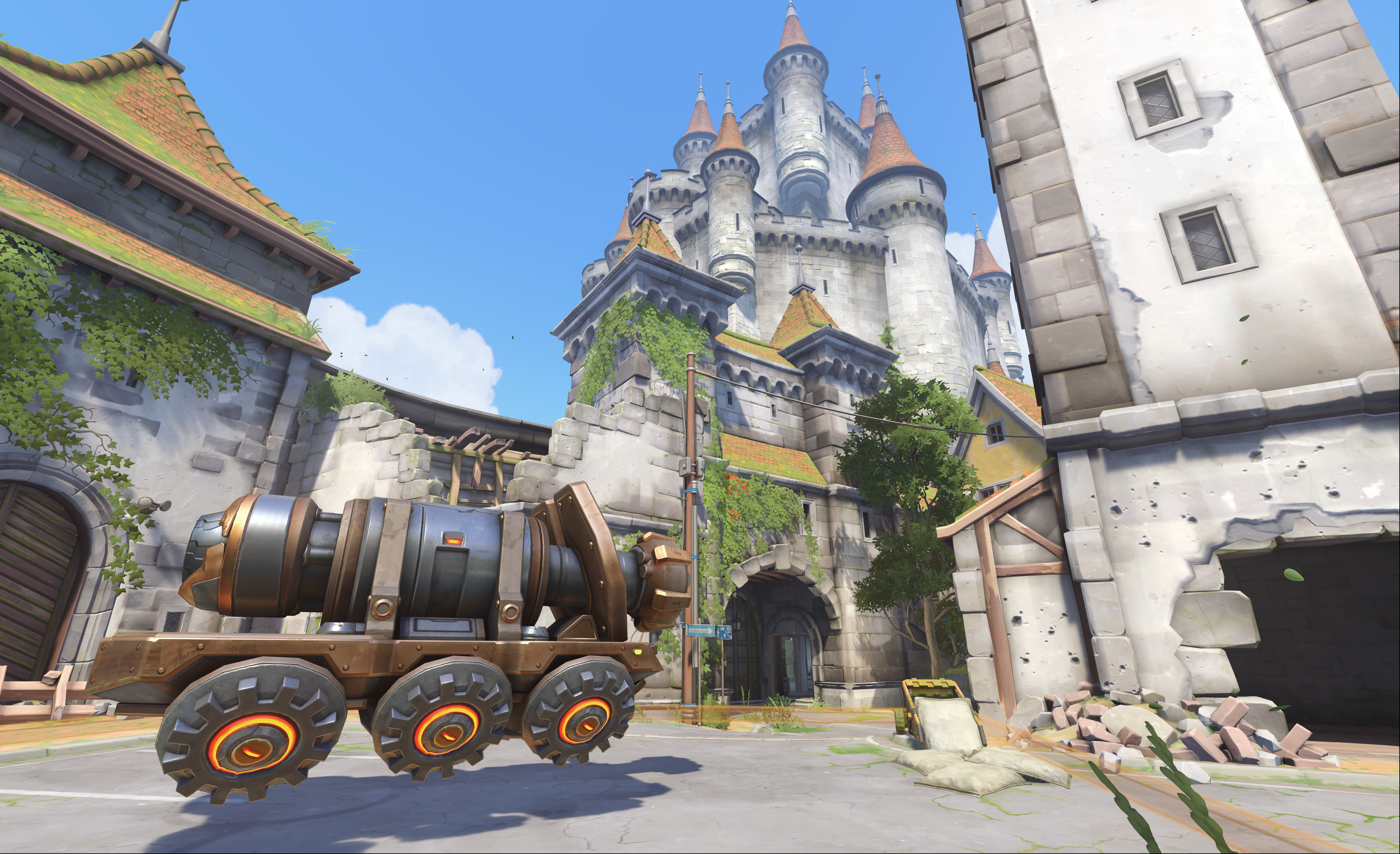
The objective perspective
Yes, the community is hungry for all-new game modes. Overwatch currently features four modes, but Hybrid (which includes Numbani, Eichenwalde, King’s Row, and Hollywood) is a mash-up of Escort and Assault rather than a truly original game type. “It’s something that we’re actively talking about,” says Keller. “There’s no promise as to whether or not we’ll release another game mode. Our big goal for new game modes is that we want to have an objective that brings a team together. At its heart Overwatch is a hero-based, team-based shooter but it has a strategic element to it where teams need to coordinate.”
Apparently the team experimented with different ways of encouraging coordination during Overwatch’s earlier phases, but they eventually settled on Escort, Control, and Assault because other traditional game modes were causing severe problems. “Over the development of the game we actually tried out quite a few different game modes,” continues Keller. “And some would have more than one objective open at the same time. It became really difficult for the teams to coordinate, especially because our team sizes are fairly small and the spread of resources made it difficult to attack or defend two objectives at the same time. I think a very high-skilled team could do it, but it’s something that a ‘pickup’ team has a really hard time accomplishing. We’re still looking at new game modes but if and when we release a new game mode in the future, it will be about teams pushing on a single objective.”
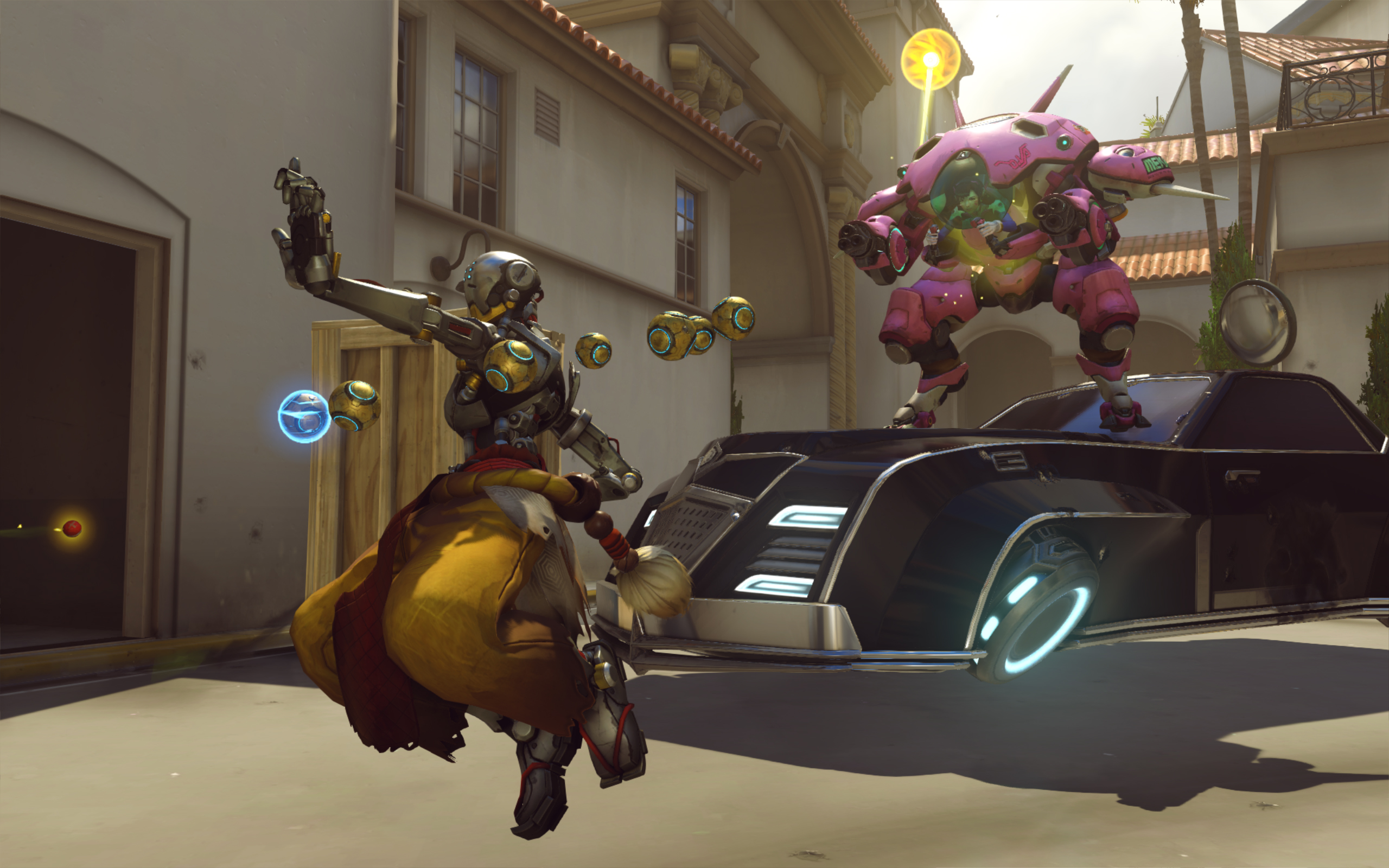
If single objectives are non-negotiable then the nature of the single objective must change. Escort, Assault and Control are all fundamentally about the same thing: dominating a single space by ushering the enemy out of it. It stands to reason that other forms of objective-based have been unexplored, such as a mode in which the central goal must be destroyed. “Obviously we don’t have one right now; we’re talking about some of that stuff internally,” Keller tells. “Some of the stuff becomes difficult. We get a lot of suggestions from people such as ‘oh maybe you could destroy something,’ but so far the different mechanics that we’ve looked at have issues.
The biggest gaming news, reviews and hardware deals
Keep up to date with the most important stories and the best deals, as picked by the PC Gamer team.
For instance, if you wanted a team to go in and destroy something rather than control an area there are certain design considerations to think about, like situations where you team-wipe the defense and are left just standing around shooting at something. It feels pretty weird.” The great irony is that a mode like this would probably, by necessity of fair design, end up looking much like the others. “To balance it right you’d have to make the team control the space in order to destroy something.”
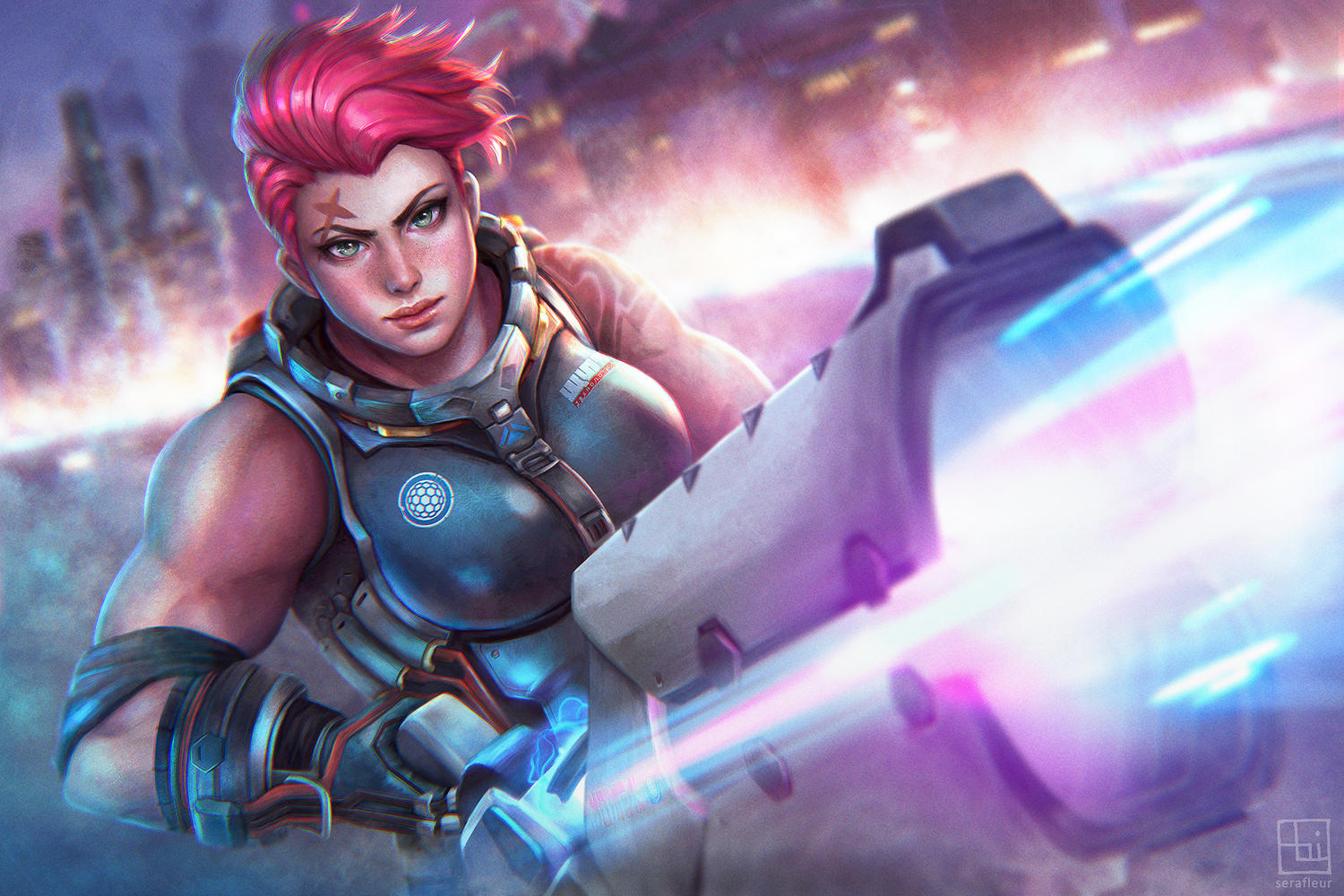
In a game like Overwatch where damage output and utility vary so wildly between characters, the developers have to be careful to ensure no hero becomes a non-pick. In a game of ‘annihilate the core’ the value of some heroes would inevitably drop off. We’re looking at you, Lúcio. “That’s the other issue,” continues Keller, “whatever game mode we come up with, we want it to be viable for all heroes. We’d hate to create something in which we have to disallow a hero in because they’re too powerful or where certain heroes just aren’t worth playing at all. For instance in a capture the flag game mode you have to start wondering what Tracer does or what Genji does; they’re so incredibly mobile they would be incredibly powerful flag carriers. Modes like that become difficult for us to design.”
The whole hog
It doesn’t sound like we can expect a variant on the current triad any time soon, but only three months after release Ana has entered the fray, and many suspect that Sombra will arrive in early October. 23 characters is huge amount of options in any shooter, but the MOBA DNA of Overwatch still leaves the sensation that the depths have yet to be mined—the question is, what next? Ana was definitely designed to fill a hole for a high-skill support character,” says Keller. “I think that we could definitely use at least one more tank that has a similar profile to someone like Reinhardt where the whole team can center around this person, but it could happen in a different way. There a few other things [that are needs with the lineup]. I don’t really want to get into specifics because it will completely ruin any surprise."
Apparently the rule going forward is simple. The Blizzard motto for fresh recruits is “filling holes in the roster.”
It seems that one very specific gap to be plugged is that of melee heroes. As Keller says, Reinhardt occupies a completely unique space in the game’s design, and is the only hero without a ranged basic attack. “Reinhardt was really difficult to get right for us,” says Keller. “Making a melee hero in first person has its own set of challenges, particularly in Overwatch; it’s so fast paced and so many of the other heroes possess high mobility. It can get really chaotic trying to use melee abilities against them and I’m sure that you’ve experienced that if you play Reinhardt. Sometimes you just start swinging the hammer and you don’t stop till you’re dead or everybody else in front of you is dead.”
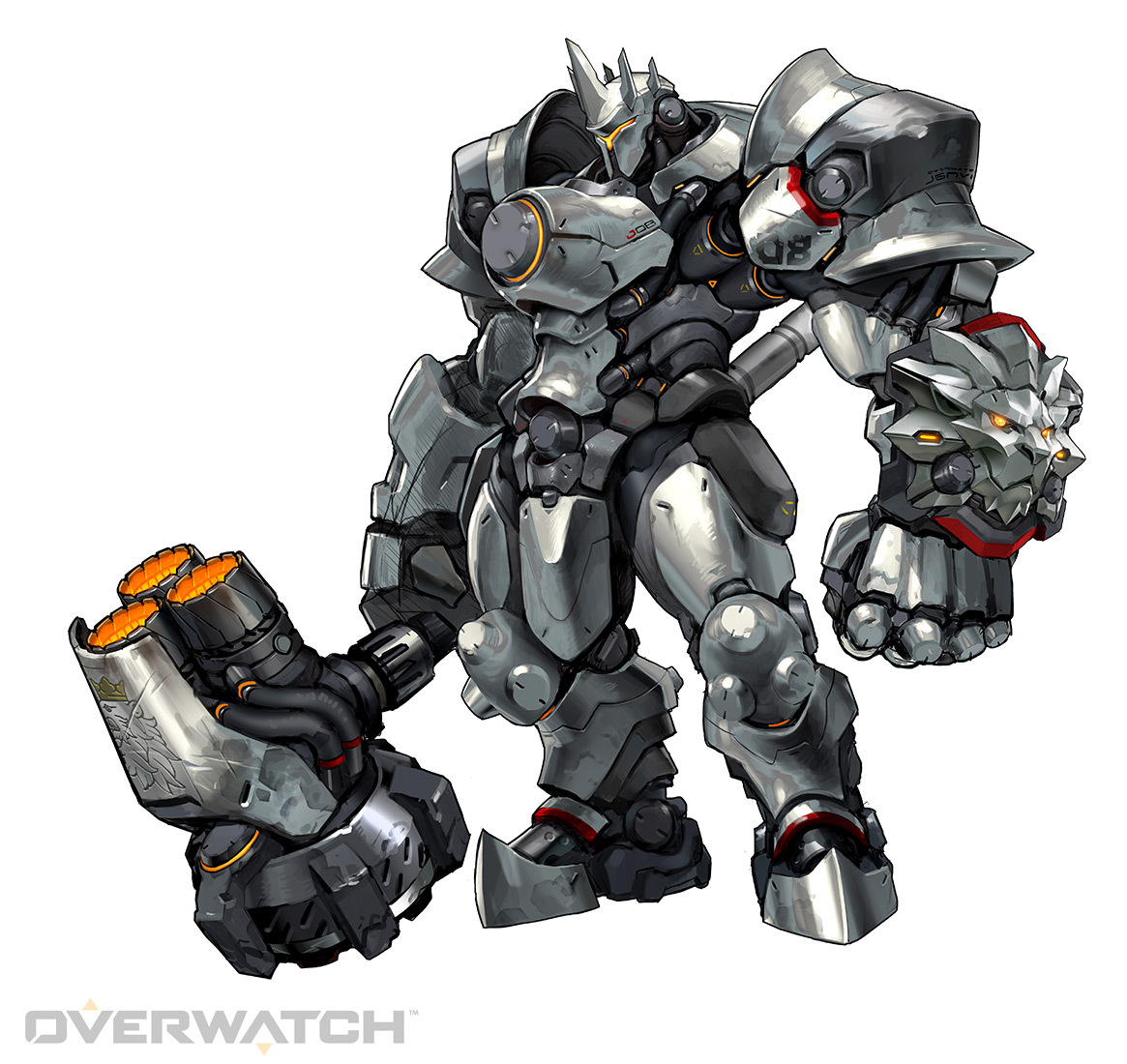
As any player will tell you, distance is a near necessity when you’re fighting a pro Genji. “The first-person point of view and the pace of our game definitely lends itself to having at least some amount of range on a character, so melee gets really difficult and it’s not just for the person playing it; it can get really difficult for the people playing against it. At one point Genji was a melee character, he just ran out with his sword the whole time. Obviously he didn’t do as much damage as he does now for his ult, but he was the most frustrating character to play against. When he gets that close to you it can be very difficult to track him; he’s doing melee damage to you the whole time so it’s really easy for him to land hits and really hard for you to land them back.” A creative approach to the design of another close-up character would be near-necessity.
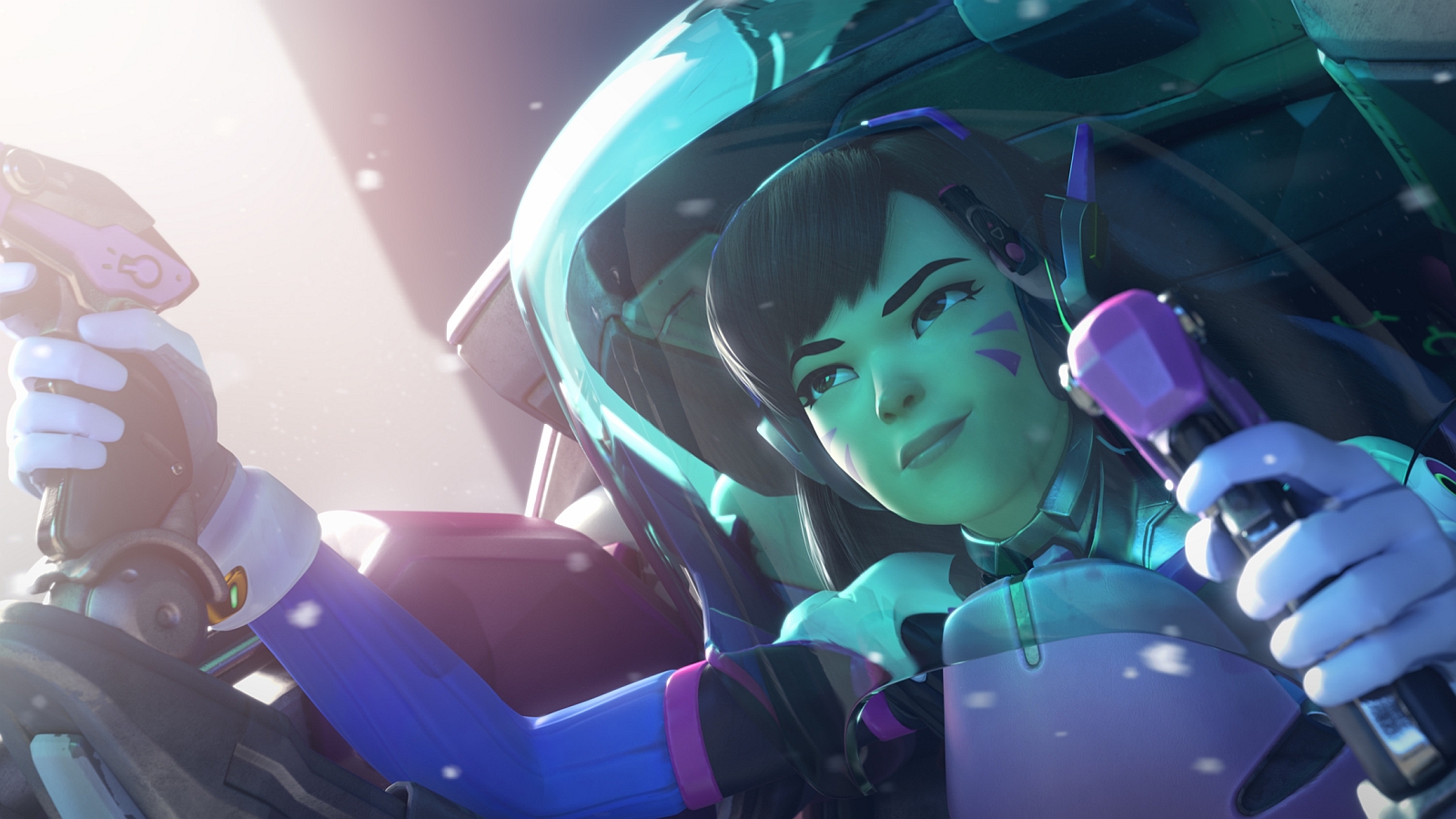
D.Value
Outside of the push toward new content, Blizzard already has its hands full with the current roster. D.Va has oscillated between trash tier and god tier, whilst a double-Genji strategy became, at one point, almost impossible to counter. “When it starts getting into higher-level play and competitive play, the balancing is what can make or break some of these heroes. With McCree, there’s been a lot of back and forth and the way that we’ve described the balance of that hero is that he’s on a razor’s edge where just a tiny little shift can make him too powerful or like he’s not worth playing at all. At the same time our highest value is to make heroes fun and unique and powerful.”
At one point Genji was a melee character.
Assistant game director Aaron Keller
There’s also the game’s slew of features outside of the heroes to consider: matchmaking, map design, and of course, the Play of the Game, a piece of tech unique to Overwatch. Replays of a match’s best moments have oscillated between the predictable (oh look, it’s Reaper again) and more recently, the underwhelming but varied. Blizzard is constantly looking at these features and attempting to bring them into a pleasing equilibrium. “Yeah that thing’s been difficult to tune and balance,” says Keller. ”We make all sorts of under-the-hood changes to that thing. Obviously it's a procedural system, so it’s very difficult to predict what it’s going to pick for PotG, especially because it’s dependent on what’s happened in any particular match. Sometimes it can feel like it’s all over the place but it’s something that we’re actively working on. We have a couple of initiatives coming up in the near-term where we’re hoping to not only address some of those issues but also make Play of the Game cooler.” What “cooler” means, Keller is unwilling to say, but at the moment it still feels like a feature which often disgruntles as much as it delights.
A short time with Keller gives the impression that Blizzard has its hands on a million tiny dials which it is slowly spinning up or down at the appropriate moment. The future holds new heroes, new maps, and maybe if we’re lucky, a few new game modes, but it’s the other half of this task—the balancing of the scales—which will allow Overwatch to hold its own against the imminent arrival of blockbuster shooters like Battlefield 1 and Titanfall 2. Even without the added pressure of these newcomers, CS:GO is lurking on the sidelines, ready to steal away players as its esports empire continues to grow. Overwatch must ensure that it's true strengths—variety, balance, and sheer joyfulness—are all on point as it moves past the honeymoon period and sets up for the long haul ahead.

